Book review: Reinventing Organizations by Frederic Laloux
Self-Management, Wholeness, Evolutionary Purpose
Most books about organizations are written for people hoping to beat the competition and increase their profits. These types of books offer advice on how to “win”, however within the existing management paradigm. “Reinventing Organizations” is different. It is written as a handbook for founders of organizations, leaders, coaches, advisors who sense that something is fundamentally broken in the way we run organizations today, and who feel deeply that something more is possible...but wonder how to do it.
One key reason we recommend reading this book: This book can be used help to convince the “Command and Control” type about their need for command and control vs business success, as C&C is not necessary to be successful.
The book is structured in three parts
Part one takes us through an evolutionary view of organizations: It explains how every time humanity has shifted to a new stage of consciousness, it has also invented a radically more productive organizational model, begging the question “Could we be facing today another critical juncture?"
Part two can be used as a practical handbook. There are stories from real-life case studies (of businesses, schools, hospitals and non-profits) about how this new, soulful way to run an organization can work. Examples include organizations of all types, such as AES, Buurtzorg, FAVI, Morning Star, RHD, Sun Hydraulics, and Patagonia. You hear how these organizations are structured, and how they operate on a day-to-day basis. No hierarchy, no job description, no targets, hardly any budgets. Instead you will find many new and soulful practices that create extraordinarily productive and purpose-driven organizations.
Part three examines conditions needed for these types of new organizations to thrive. What is needed to start on this new model, is it possible to transform existing organizations, and how?
Is your organization an Orange or a Teal?
The author uses a colour scheme, based on Integral Theory, to describe the development of human organizations: Red > Orange > Green > Teal. These soulful “Teal” organizations have figured out three key ideas:
Self-management: driven by peer-to-peer relationships
Wholeness: involving the whole person at work
Evolutionary purpose: let the organization adapt and grow, not be driven
Some examples of self-management cited:
Job Title: No job titles
Crisis Management: Transparent information sharing. Everyone involved to let best response emerge from collective intelligence.
Role Allocation: No promotions, but fluid rearrangement of roles based on peer agreement. responsibility to speak up about issues outside of one’s scope of authority.
Performance Management: Focus on team performance. Peer-based processes for individual appraisals.
One of Laloux’s conclusions is on the necessary conditions for success with the Teal model. It comes down to just two factors:
The CEO must drive the change
The Board must believe in the change and support the CEO
Organizations can adopt Teal practices, but they will never (!) become whole, self-managing & evolutionary organizations unless they meet these two conditions. The key role of a CEO is in holding the space so that teams can self-manage. It means keeping others, like investors, from screwing things up. From the stories in this book, it’s clear this is a difficult task in our short-term, market-driven economy. But we are indeed in the network era, an era calling for a new and better organizational model.

